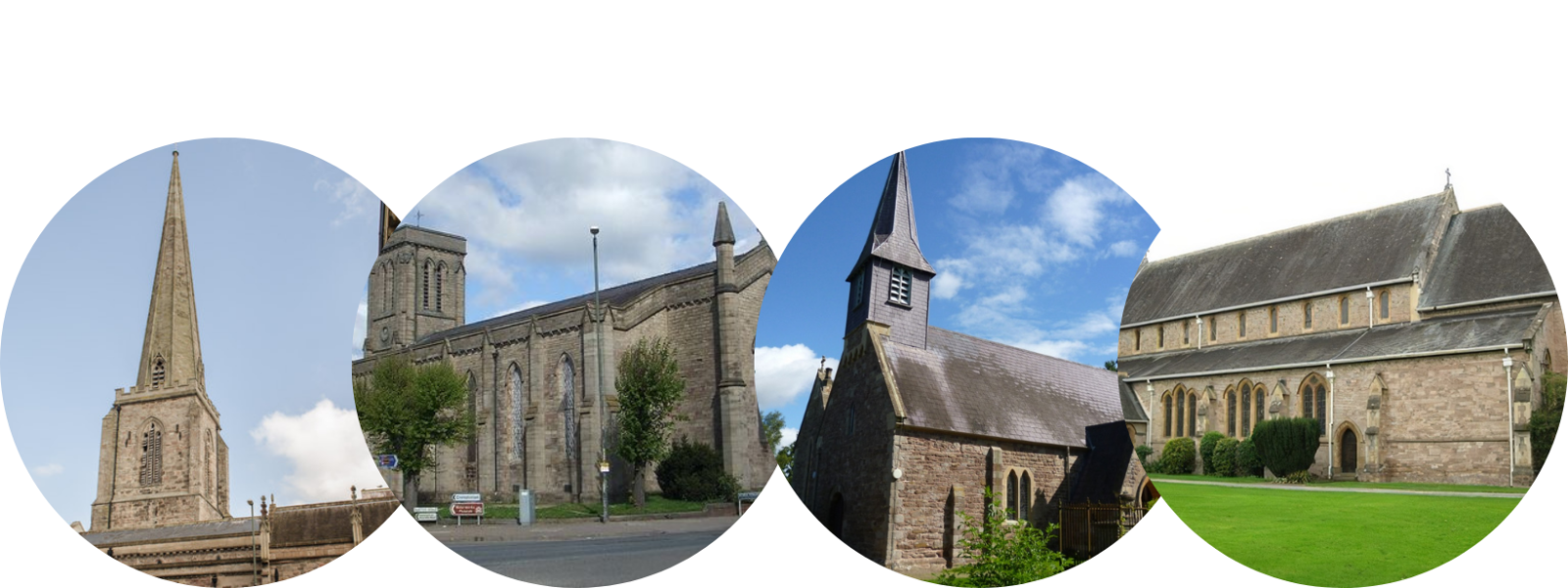Symbols in Lent
Talking to our children about Lent means we first have to understand the history and meaning behind WHY it’s celebrated. The important thing is that we DO take the time and talk to them about what this season leading up to Easter is all about.
If you want to start talking to your kids about Lent, two very important teaching tools we parents use every day are symbols and story. The desert experience reminds us of the 40 years the Israelites wandered in the desert before being allowed into the Promised Land. It is also very symbolic of the 40 days Jesus spent in the desert being tempted and tempered before beginning His earthly ministry.
Water is an important symbol in Lent. Lent is a time we work towards an inner renewal of our Baptism in Christ. It is a season when we delve a little deeper into our faith and understanding of our salvation through grace. Since Lent is baptismal in nature, it’s a good time to discuss baptism with our kids. Talking about how the water is either poured over their heads and how it’s a symbol of dying to a life without Christ and being resurrected to a new life– a forever life–with Him. Using story to enhance this visual, share with them the actual Bible story of how John the Baptist baptised Jesus in the Jordan River; How Jesus loved us so much He gave us this beautiful example to better explain God’s gift of salvation.
Ashes: They remind us of the creation story that we are made from dust (Gen 2:7). They symbolise our human mortality and need for forgiveness, humility, purification and sorrow for our sins. Similarly, the ashes remind us that we are vulnerable persons before God and as it is written in Gen (3:19) that, ‘we are dust and unto dust we shall return.’
Fish: It is a symbol of lent which calls us to fast on Ash Wednesday and Good Friday. It further reminds us of abstinence from meat on all the Fridays of Lenten season.
Violet/purple colour: This is a somber colour for the Lenten season which signifies humility, willingness to repent, mourning for the sins and suffering with Jesus.
Thorns: It reminds us of physical suffering, loneliness and injustices
in the world.
Money: It symbolizes the Lenten penitential practice of almsgiving. In the book of Tobit (12:8-9), it says, ‘prayer and fasting are good, but better than either is alms-giving accompanied by righteousness.’

